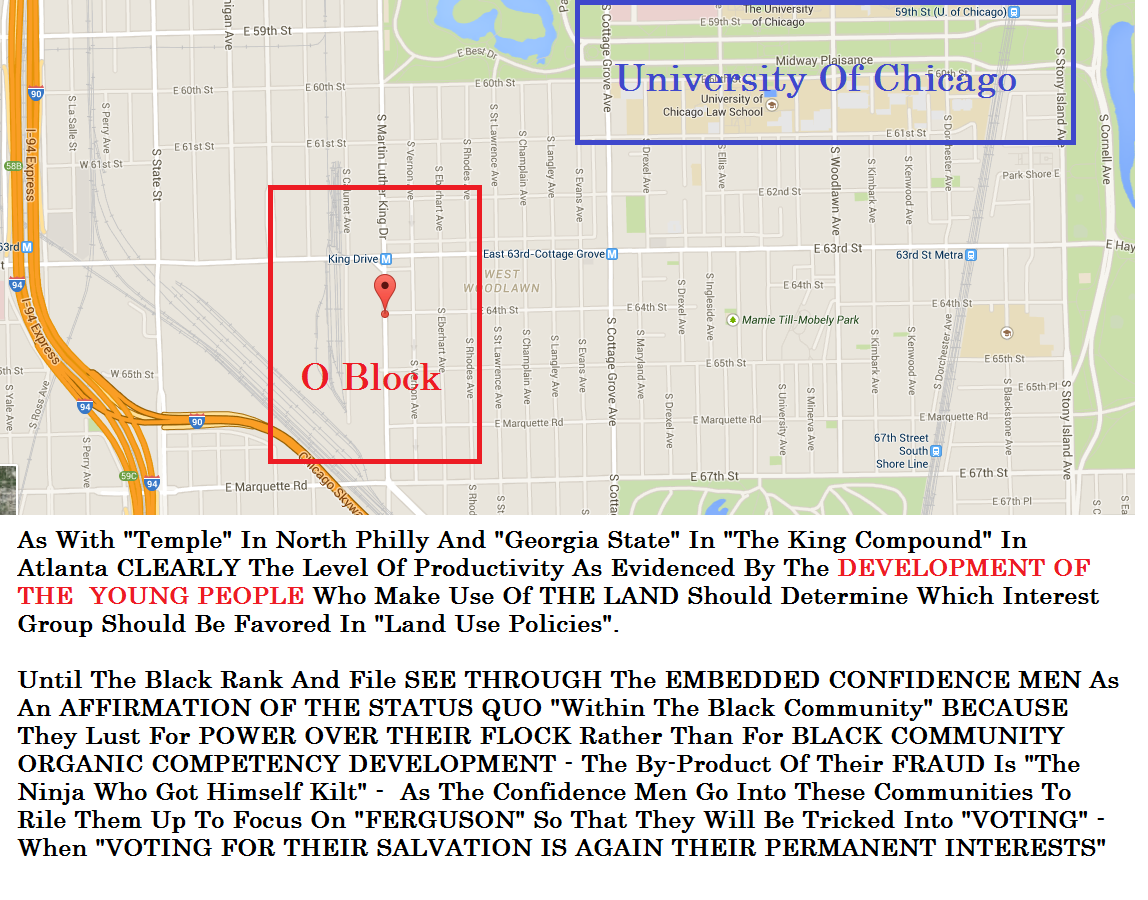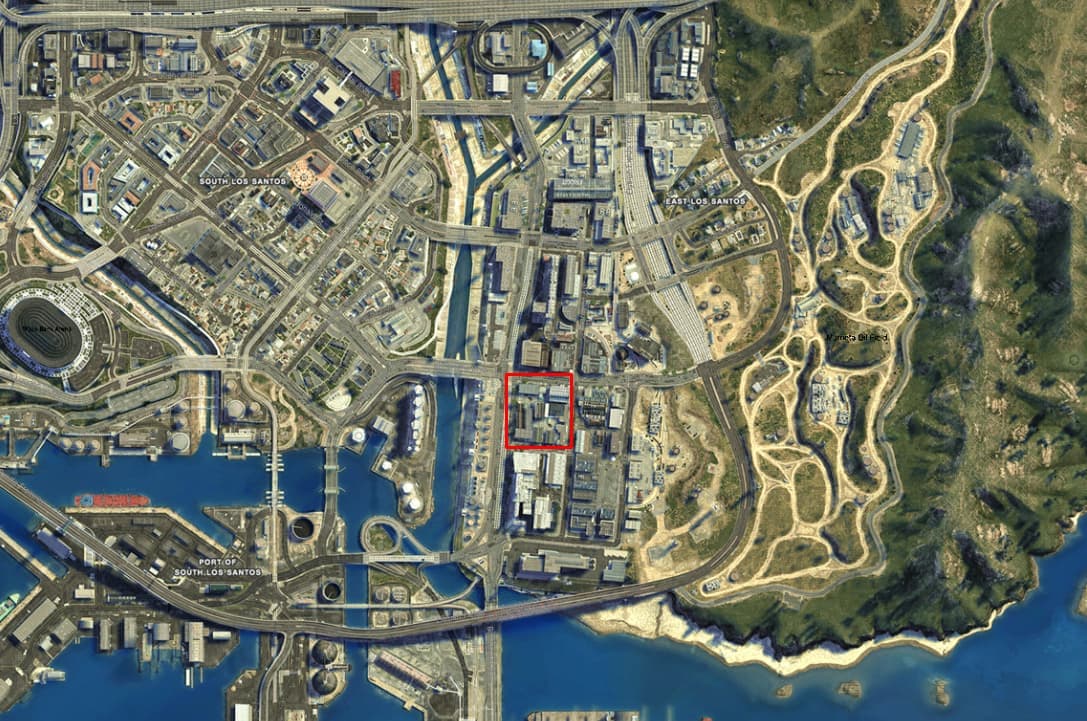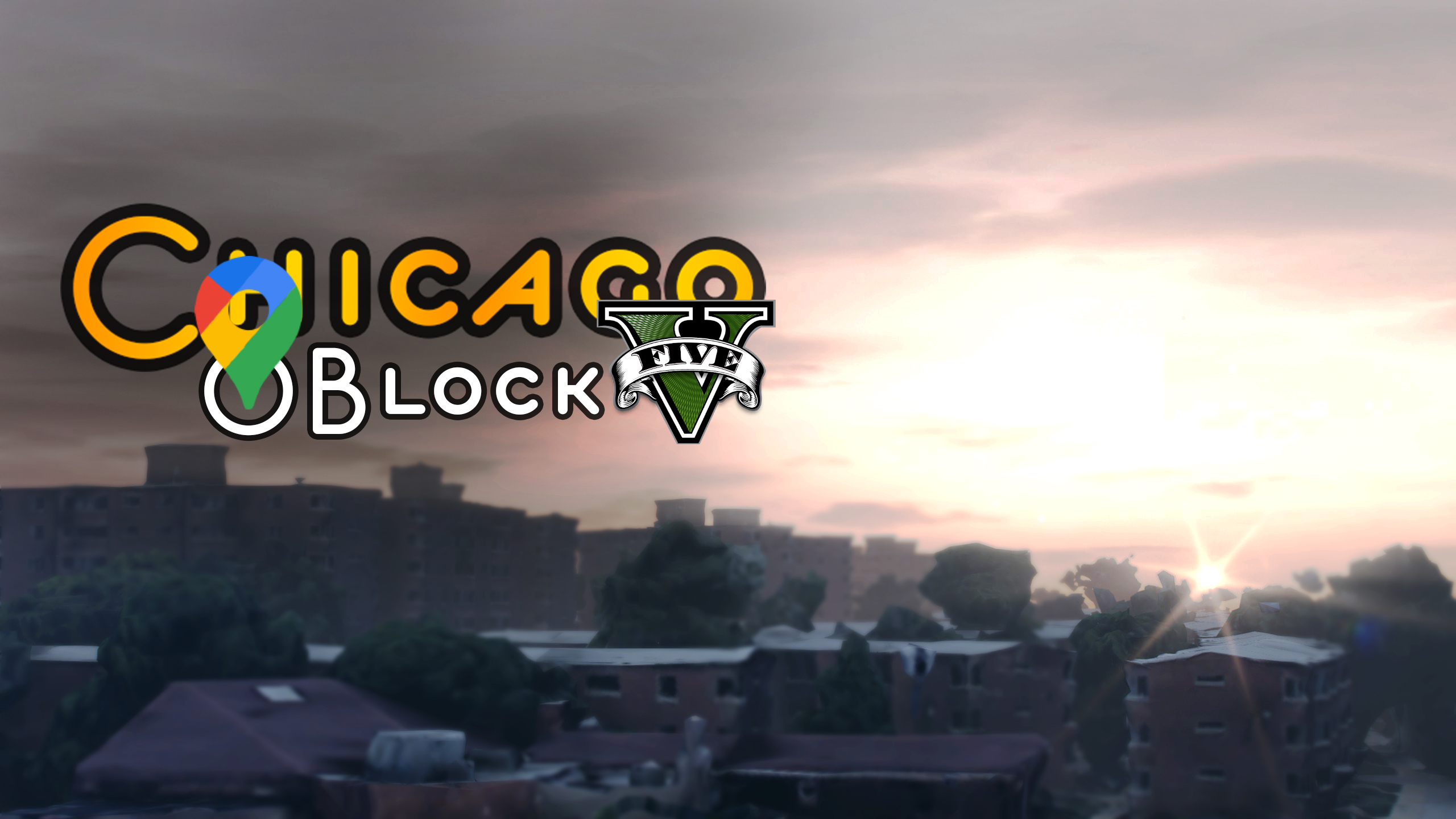Chicago's O Block has long been a subject of intrigue, controversy, and historical significance. This housing project, once a symbol of urban development, became synonymous with the challenges faced by many inner-city communities. Its story is deeply intertwined with the social, economic, and political fabric of Chicago. As we delve into the history and legacy of O Block, we uncover the complexities of urban planning and its impact on residents.
O Block Chicago, officially known as the Robert Taylor Homes, was one of the largest public housing projects in the United States. It was constructed in the mid-20th century as part of a broader effort to address the housing needs of low-income families. However, over time, it became a microcosm of the struggles faced by many urban areas, including poverty, crime, and neglect.
Understanding where O Block Chicago is located and its historical context is essential to comprehending the broader issues surrounding public housing in America. This article will explore the origins, challenges, and eventual transformation of O Block, shedding light on its significance in Chicago's history.
Read also:Sleeping Pron
Table of Contents
- Where Is O Block Chicago Located?
- The History of O Block Chicago
- Social Impact of O Block
- Economic Challenges Faced by O Block Residents
- Crime Statistics in O Block
- The Transformation of O Block Chicago
- Urban Planning and O Block
- Government Policies and Their Impact on O Block
- Community Efforts to Improve O Block
- Future Prospects for O Block Chicago
Where Is O Block Chicago Located?
O Block Chicago, part of the larger Robert Taylor Homes complex, is located on the South Side of Chicago. Specifically, it spans from 23rd Street to 31st Street along State Street. This area was once a vibrant community, but over the years, it became synonymous with the challenges faced by many public housing projects in urban areas.
Geographical Context
Understanding the geographical context of O Block is crucial. The location of O Block Chicago placed it in the heart of a bustling urban environment, surrounded by other neighborhoods with their own unique histories and challenges. The proximity to major transportation routes and the downtown area made it a strategic location for housing development.
The History of O Block Chicago
The history of O Block Chicago dates back to the mid-20th century. Constructed in the 1950s and 1960s, the Robert Taylor Homes were designed to provide affordable housing for low-income families. Initially, they were seen as a solution to the housing crisis in urban areas, but over time, they became a symbol of the challenges faced by public housing projects.
Construction and Early Years
The construction of O Block Chicago was part of a larger initiative to address the housing needs of a rapidly growing urban population. During its early years, the project housed thousands of families, offering them a place to live in a city that was undergoing significant changes.
Social Impact of O Block
The social impact of O Block Chicago cannot be overstated. It served as a home for many families, but it also became a place where social issues were magnified. The concentration of poverty and the lack of resources led to a variety of social challenges that affected the lives of its residents.
- Limited access to quality education
- High unemployment rates
- Challenges in accessing healthcare services
Economic Challenges Faced by O Block Residents
Economic challenges were a significant factor in the decline of O Block Chicago. Many residents faced barriers to employment and economic mobility, which exacerbated the existing social issues. The lack of job opportunities and economic resources contributed to the cycle of poverty that affected the community.
Read also:Belton Stage Park
Long-Term Economic Effects
Research conducted by urban planners and sociologists has highlighted the long-term economic effects of living in areas like O Block. Studies show that residents often face systemic barriers to economic advancement, which can perpetuate cycles of poverty and disadvantage.
Crime Statistics in O Block
Crime was a pervasive issue in O Block Chicago. The high concentration of poverty and lack of resources created an environment where criminal activity flourished. Crime statistics from the area reveal a troubling trend of violence and illegal activities that affected the safety and well-being of residents.
Impact on Residents
The impact of crime on O Block residents was profound. Fear of violence and the constant threat of criminal activity affected the daily lives of families living in the area. Efforts to address these issues were often met with limited success, highlighting the need for comprehensive solutions.
The Transformation of O Block Chicago
In recent years, O Block Chicago has undergone significant transformation. Efforts to revitalize the area and improve living conditions for residents have led to changes in the physical landscape and social dynamics of the community. The demolition of the original structures and the construction of new housing units have marked a new chapter in the history of O Block.
New Developments
New developments in O Block Chicago include mixed-income housing projects designed to create a more diverse and economically stable community. These projects aim to address the issues faced by previous residents while providing opportunities for current and future inhabitants.
Urban Planning and O Block
Urban planning played a critical role in the development and transformation of O Block Chicago. The decisions made by planners and policymakers had a lasting impact on the community, influencing everything from housing design to social services. Understanding the role of urban planning in O Block's history is essential to grasping the broader context of public housing in America.
Lessons Learned
The experience of O Block Chicago offers valuable lessons for urban planners and policymakers. It highlights the importance of considering social, economic, and environmental factors in the design and implementation of housing projects. These lessons can inform future efforts to create sustainable and equitable urban communities.
Government Policies and Their Impact on O Block
Government policies have had a significant impact on the development and transformation of O Block Chicago. From the initial construction of the Robert Taylor Homes to the current revitalization efforts, policies at the local, state, and federal levels have shaped the trajectory of the community. Understanding these policies is key to understanding the broader context of public housing in America.
Policy Changes Over Time
Policy changes over time have influenced the direction of O Block Chicago. Initiatives such as the HOPE VI program have played a role in reshaping the area, providing funding and resources for redevelopment projects. These changes reflect a shift in the approach to public housing, emphasizing mixed-income communities and economic diversity.
Community Efforts to Improve O Block
Community efforts have been instrumental in improving the conditions in O Block Chicago. Local organizations and residents have worked tirelessly to address the challenges faced by the community, advocating for better resources and opportunities. These efforts have contributed to the transformation of O Block into a more vibrant and resilient community.
Success Stories
Success stories from O Block Chicago highlight the potential for positive change in urban communities. By focusing on education, employment, and social services, community organizations have made significant strides in improving the lives of residents. These efforts demonstrate the power of collective action and community engagement.
Future Prospects for O Block Chicago
The future prospects for O Block Chicago are promising. Continued efforts to improve housing, education, and economic opportunities will play a crucial role in shaping the community's trajectory. As urban planning and policy continue to evolve, the potential for positive change in O Block remains strong.
Call to Action
We encourage readers to engage with the issues discussed in this article. By sharing this information and supporting initiatives aimed at improving urban communities, we can contribute to a brighter future for places like O Block Chicago. Leave a comment or share this article to help raise awareness and promote positive change.
Kesimpulan
In conclusion, the story of O Block Chicago is one of complexity and resilience. From its origins as a public housing project to its current state of transformation, O Block has played a significant role in shaping the urban landscape of Chicago. By understanding its history and the challenges faced by its residents, we can work towards creating more equitable and sustainable communities in the future.
We invite you to explore further resources and engage with the issues discussed in this article. Together, we can make a difference in the lives of those affected by urban housing challenges. Thank you for reading, and we hope you found this article informative and inspiring.


